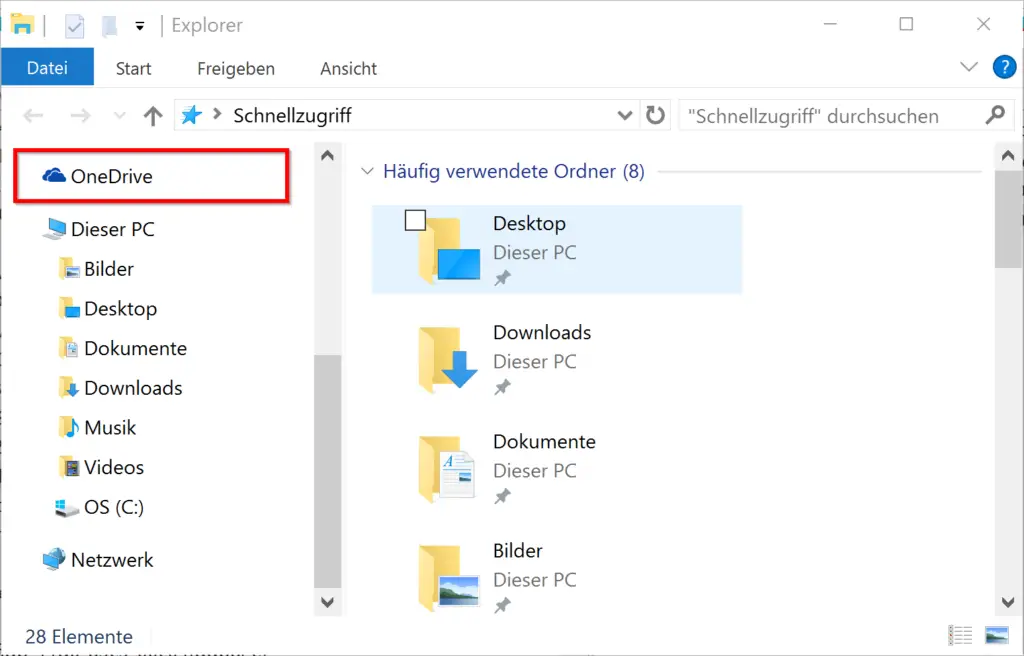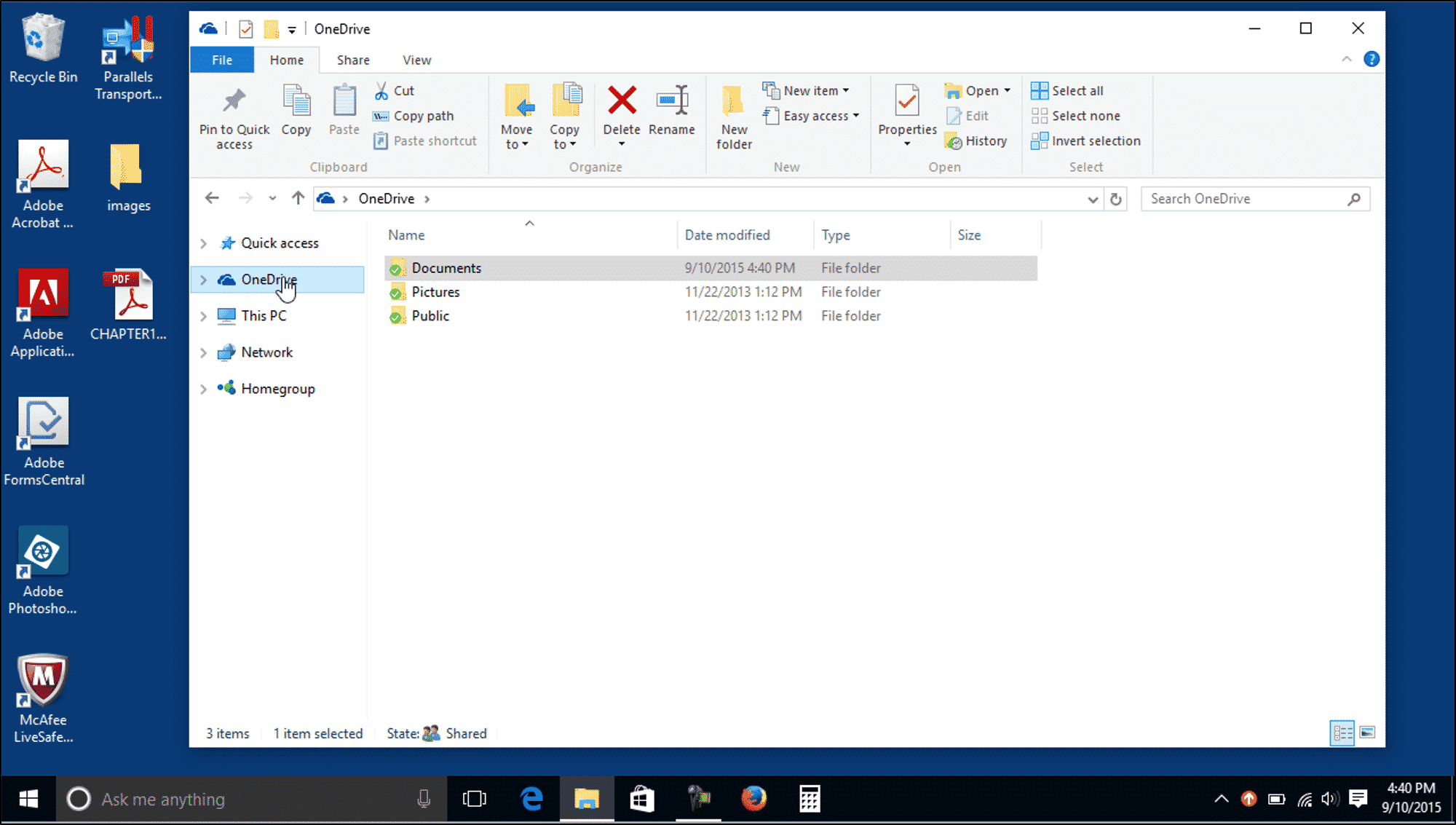
We’ll also discuss why you might want to remove OneDrive from your File Explorer and provide some tips for managing your files without it. In this blog post, we’ll walk you through the steps to do just that. Fortunately, it’s easy to remove OneDrive from your File Explorer if you don’t want to use it. While it can be a great tool for some, it can also be a nuisance for others. OneDrive is a cloud storage service from Microsoft that allows you to store and access your files from anywhere.
 Set the Value Data to zero and choose “OK” to confirm.Īside from what’s already covered, Windows 10 64-bit need to take some additional steps.If you’re looking for a way to remove OneDrive from your File Explorer, you’ve come to the right place. Find the System.IsPinnedToNameSpaceTree in the right pane and double-click it. Go to the left sidebar and find the following key. Hit “Enter” and give the editor permissions to change settings. Click Start and type “ regedit” to access Registry Editor. Pro and Enterprise iterations of the software work best with the Group Policy Editor method. To stress, this alternative method is for Windows 10 Home. And instead of using Group Policy Editor to get rid of it, you can edit the registry. Alternative MethodĪs discussed, Windows 10 Home users can simply uninstall OneDrive, but removing the folder from File Explorer takes more work. These worked with Windows 8.1, but they don’t exist in Windows 10. Lastly, Windows 10 doesn’t feature DisableFileSync and DisableFileSyncNGSC registry settings. Under “Prevent the usage of OneDrive for file storage,” click “Not Configured.”. Navigate to OneDrive in the left pane and select it. That means users can’t launch the service or even access it. Navigate to “Prevent the usage of OneDrive for file storage” and “Enable” the option.ĭoing that disables OneDrive and removes it from your File Explorer. Click “Windows Components” and choose “OneDrive.”.
Set the Value Data to zero and choose “OK” to confirm.Īside from what’s already covered, Windows 10 64-bit need to take some additional steps.If you’re looking for a way to remove OneDrive from your File Explorer, you’ve come to the right place. Find the System.IsPinnedToNameSpaceTree in the right pane and double-click it. Go to the left sidebar and find the following key. Hit “Enter” and give the editor permissions to change settings. Click Start and type “ regedit” to access Registry Editor. Pro and Enterprise iterations of the software work best with the Group Policy Editor method. To stress, this alternative method is for Windows 10 Home. And instead of using Group Policy Editor to get rid of it, you can edit the registry. Alternative MethodĪs discussed, Windows 10 Home users can simply uninstall OneDrive, but removing the folder from File Explorer takes more work. These worked with Windows 8.1, but they don’t exist in Windows 10. Lastly, Windows 10 doesn’t feature DisableFileSync and DisableFileSyncNGSC registry settings. Under “Prevent the usage of OneDrive for file storage,” click “Not Configured.”. Navigate to OneDrive in the left pane and select it. That means users can’t launch the service or even access it. Navigate to “Prevent the usage of OneDrive for file storage” and “Enable” the option.ĭoing that disables OneDrive and removes it from your File Explorer. Click “Windows Components” and choose “OneDrive.”. 
 Select “Computer Configuration,” then “Administrative Templates.”. The Local Group Policy Editor pops up, and you’ll see Computer Configuration in the left pane. Click Start, and write “ gpedit.misc”, then hit “Enter. Sometimes there are group policies that might override your request to remove OneDrive. Note that the Editor is a powerful tool, and if you’re on a company device, you should consult with your admin as to whether you can do it. But those who aren’t using the Home edition need to resort to Group Policy Editor anyway. This method is like an extension for those who use Windows 10 Home.
Select “Computer Configuration,” then “Administrative Templates.”. The Local Group Policy Editor pops up, and you’ll see Computer Configuration in the left pane. Click Start, and write “ gpedit.misc”, then hit “Enter. Sometimes there are group policies that might override your request to remove OneDrive. Note that the Editor is a powerful tool, and if you’re on a company device, you should consult with your admin as to whether you can do it. But those who aren’t using the Home edition need to resort to Group Policy Editor anyway. This method is like an extension for those who use Windows 10 Home.







 0 kommentar(er)
0 kommentar(er)
